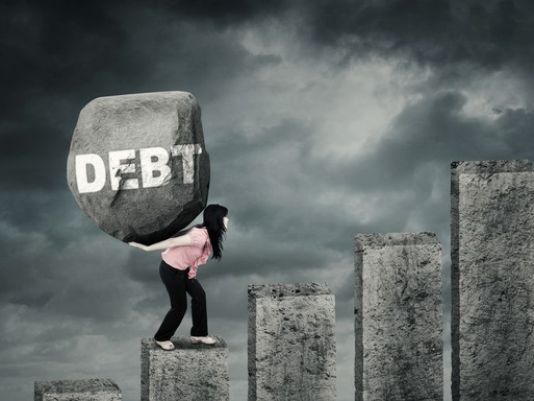
Paying less than you owe to creditors sounds like a good deal. But debt settlement isn’t what it seems.
If you’re considering working with a debt settlement company — which negotiates with your creditors to accept less than what you owe — look beyond the marketing pitches. These programs have inconsistent results and can be costly, and hundreds of consumers have filed complaints about them.
Here are three things debt settlement companies likely won’t tell you — and what they mean for you.
1. Success isn’t guaranteed
Some companies may promise that you could be debt-free in 36 months and settle your debt for less than 50% of what you owe, but the reality isn’t so simple.
A 2014 report from the Center for Responsible Lending estimated completion rates of debt settlement companies were in the single digits.
In contrast, the American Fair Credit Council, a debt settlement industry group, found completion rates hovered around 50% for clients who were enrolled in a program between 2010 and 2012.
The inconsistent success rate can be attributed to a few factors. Some creditors refuse to settle. Sometimes consumers have to drop out of a program to handle a lawsuit from their creditors or deal with defaulted accounts. And since these plans can take three or four years to complete and require sustained payments, any financial turbulence can derail them, too.
What it means for you: If you sign up with a debt settlement program, don’t assume all your debts will be settled.
2. The industry is rife with consumer complaints
Debt settlement companies have been the target of lawsuits by regulators and consumer complaints in recent years. Allegations include deceptive advertising, excessive fees and fraud.
Over 300 complaints have been filed against debt collection companies with the Consumer Financial Protection Bureau since 2014. Most of those — 166 — were for fraud or scams.
What it means for you: Before signing up with a debt settlement company, you should research its complaint history on the CFPB website.
3. Debt settlement can be costly
Fees from the debt settlement company and from your creditors can minimize any potential break you get on the balance owed.
Here’s how the costs shake out. Say you’re on a 42-month program with $15,000 in debt, the average program length and the minimum amount of debt to enroll, according to Sean Fox of Financial Freedom, a debt settlement company. If your debt is settled, you’ll pay 20% to 25% of the debt enrolled in the program. (It is illegal for companies to charge upfront fees; companies charge a fee once a debt is settled.)
However, there are also monthly fees typically associated with setting up an account where customers make monthly deposits, instead of paying their creditors. You pay the creditor from the account as debts are settled.
So over the course of the program, you could pay at least $3,000 to $3,750 to settle your debt, plus any additional fees.
You’ll also likely to be charged interest and late fees by your creditors for your delinquent account, which you’d be on the hook to pay separately from the debt settlement.
What it means for you: Working with a debt settlement company can leave you with less savings than you expected or with more debt than you started with.